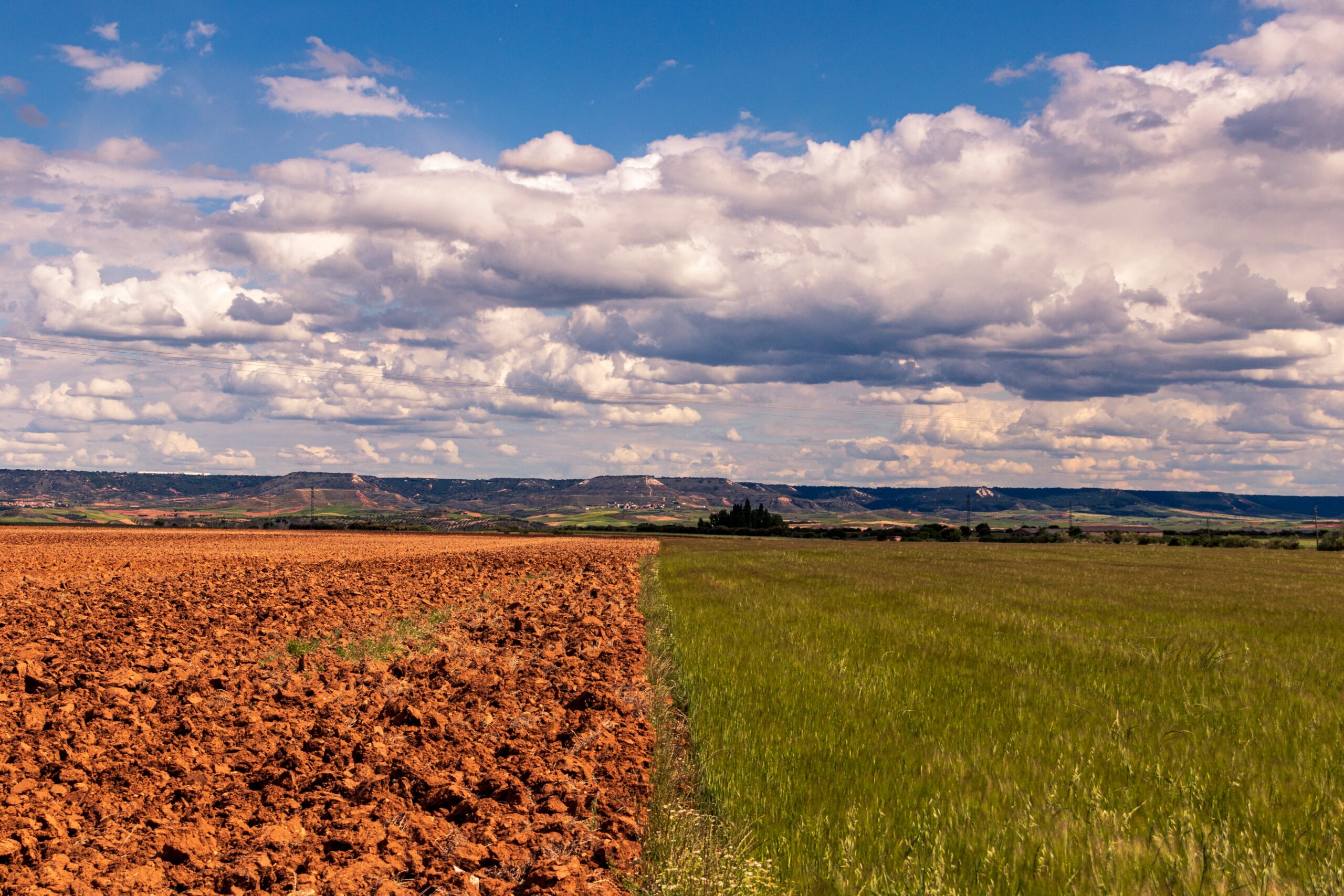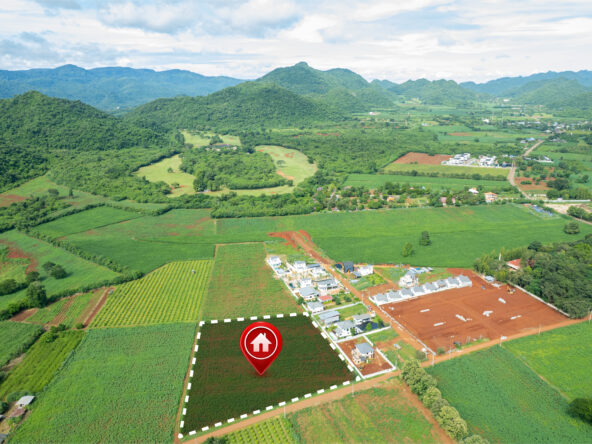Real estate investors and developers are always on the lookout for opportunities to uncover hidden potential in land. Identifying undervalued land is a skill that requires a combination of market insight, research, and a keen understanding of the physical and regulatory landscape. In this comprehensive guide, we’ll explore the key steps and considerations for spotting undervalued land and unlocking its hidden potential.
I. Introduction
Investing in undervalued land can be a game-changer in the world of real estate. While the allure of developed properties is evident, the untapped potential in raw or underappreciated land can lead to substantial returns on investment. In this blog post, we’ll delve into the intricacies of recognizing undervalued land and provide actionable tips for maximizing its potential.
II. Understanding Undervalued Land
Before diving into the practical aspects of spotting undervalued land, it’s crucial to understand what makes a piece of land undervalued. Undervalued land often exhibits specific characteristics that may be overlooked by the broader market. These may include factors like location, zoning restrictions, and ongoing market trends.
A. Definition and Characteristics of Undervalued Land
Undervalued land refers to properties that have not yet realized their full market value. This can be due to various reasons such as neglect, lack of development, or zoning restrictions that limit its use. Recognizing undervalued land involves identifying these factors and assessing their potential impact on the property’s value.
B. Factors Contributing to Undervaluation
- Location: The adage “location, location, location” holds true. A piece of land in an overlooked or transitioning neighborhood may not be immediately attractive to buyers, but changing demographics and increased development in the area can significantly enhance its value.
- Zoning and Land Use Restrictions: Zoning regulations can limit the development potential of a piece of land. Understanding current zoning laws and anticipating potential changes is crucial for unlocking hidden value.
- Market Trends and Economic Factors: Economic downturns or stagnation in a particular region can contribute to undervaluation. Conversely, areas experiencing growth and revitalization may present opportunities for substantial appreciation.
III. Research and Due Diligence
Spotting undervalued land requires a meticulous approach to research and due diligence. Thoroughly understanding the local market, zoning regulations, and potential future developments is essential for making informed investment decisions.
A. Conducting Thorough Market Research
- Analyzing Local Property Values and Trends: Start by examining recent property sales and trends in the area. Look for patterns of growth or decline and identify potential areas for development.
- Identifying Upcoming Developments and Infrastructure Projects: Planned infrastructure projects, such as new highways or public transportation, can significantly impact land values. Stay informed about upcoming developments that may boost the appeal of a particular location.
B. Investigating Zoning Regulations and Potential Changes
- Assessing Current Land Use Restrictions: Zoning laws dictate how land can be used. Understanding current restrictions is crucial for gauging the immediate development potential of a piece of land.
- Anticipating Future Zoning Modifications: Work closely with local planning departments to stay informed about potential changes to zoning regulations. Anticipating shifts in land use policies can provide a strategic advantage in spotting undervalued land with future development potential.
IV. Physical Site Assessment
Once you’ve identified a potential piece of undervalued land, a thorough on-site assessment is necessary to uncover its hidden potential. This involves evaluating topography, soil quality, and potential environmental factors.
A. Evaluating Topography and Terrain
- Identifying Constraints or Opportunities: The physical lay of the land can present both challenges and opportunities. Steep slopes or uneven terrain may pose development challenges, but creative planning can turn these features into unique selling points.
B. Examining Soil Quality and Composition
- Understanding Potential for Development or Agriculture: Soil quality influences the feasibility of various development projects. For example, well-draining soil may be suitable for construction, while fertile soil can support agricultural activities.
C. Assessing Environmental Factors
- Checking for Ecological Significance or Restrictions: Undervalued land may be overlooked due to environmental concerns. Assessing the ecological significance of the area and any associated restrictions is vital for determining development feasibility.
- Analyzing Potential for Environmental Improvements: On the flip side, incorporating environmentally-friendly features or improvements can enhance the appeal of undervalued land. Considerations such as sustainable landscaping or water conservation measures can add value.
V. Engaging with Local Stakeholders
Building positive relationships with local authorities, planning departments, and community members is instrumental in unlocking hidden potential in undervalued land.
A. Building Relationships with Local Authorities and Planning Departments
- Seeking Insights into Upcoming Changes or Developments: Local authorities often have insights into upcoming changes or developments that can impact land values. Establishing a dialogue with planning departments can provide valuable information.
- Understanding the Local Regulatory Environment: Regulations vary from one location to another. Understanding the local regulatory environment ensures compliance and helps navigate potential hurdles.
B. Consulting with Community Members
- Gauging Community Sentiment and Potential Challenges: Engaging with the local community provides insights into their needs and concerns. Understanding community sentiment is essential for anticipating potential challenges and garnering support for development projects.
- Identifying Opportunities for Collaboration: Collaboration with the local community can lead to mutually beneficial projects. Identifying shared goals and priorities can create opportunities for successful partnerships.
VI. Financial Analysis
Undertaking a comprehensive financial analysis is critical for assessing the viability of an investment in undervalued land. This involves estimating acquisition and development costs and projecting potential returns on investment.
A. Estimating Acquisition and Development Costs
- Factoring in Purchase Price, Permits, and Infrastructure Development: Consider all costs associated with acquiring and developing the land. This includes the purchase price, permits, and any necessary infrastructure development.
B. Projecting Potential Return on Investment
- Analyzing the Potential Appreciation of the Land: Consider the potential for appreciation based on market trends, upcoming developments, and improvements made to the land.
- Evaluating Revenue-Generating Opportunities: Explore various revenue-generating opportunities, such as residential or commercial development, agricultural use, or even conservation easements. Diversifying potential income streams enhances the overall return on investment.
VII. Mitigating Risks
Investing in undervalued land comes with its own set of risks. Identifying and mitigating these risks is crucial for a successful investment strategy.
A. Identifying Potential Challenges and Risks
- Regulatory Hurdles: Changes in zoning regulations or unexpected legal challenges can pose significant hurdles. Identifying potential regulatory risks early in the process allows for proactive solutions.
- Environmental Issues: Undervalued land may have environmental challenges, such as contamination or habitat preservation requirements. Assessing and addressing these issues is essential for successful development.
- Market Uncertainties: Economic downturns or shifts in market trends can impact the value of land. Keeping a pulse on market conditions allows for timely adjustments to investment strategies.
B. Developing a Risk Mitigation Strategy
- Creating Contingency Plans: Anticipate potential challenges and have contingency plans in place. This includes financial buffers and alternative development strategies.
- Seeking Professional Advice: Engage with experts, including legal advisors, environmental consultants, and real estate professionals. Their expertise can provide valuable insights and help navigate complex challenges.
VIII. Conclusion
Spotting undervalued land and unlocking its hidden potential requires a multifaceted approach. By understanding the characteristics of undervalued land, conducting thorough research, assessing the physical site, and engaging with local stakeholders, investors can position themselves for success. Financial analysis and risk mitigation strategies further ensure a well-rounded and informed investment decision.
IX. Call to Action
As you embark on your journey of unlocking hidden potential in land, we invite you to share your experiences and insights. Have you successfully transformed undervalued land into a lucrative investment? Do you have questions or challenges you’d like to discuss? Join the conversation by leaving a comment below. For personalized advice or further collaboration opportunities, feel free to reach out to our team at [Contact Information].
In conclusion, the pursuit of undervalued land offers a realm of possibilities for investors and developers. By combining knowledge, research, and strategic planning, you can turn overlooked parcels into thriving investments. Happy exploring!




